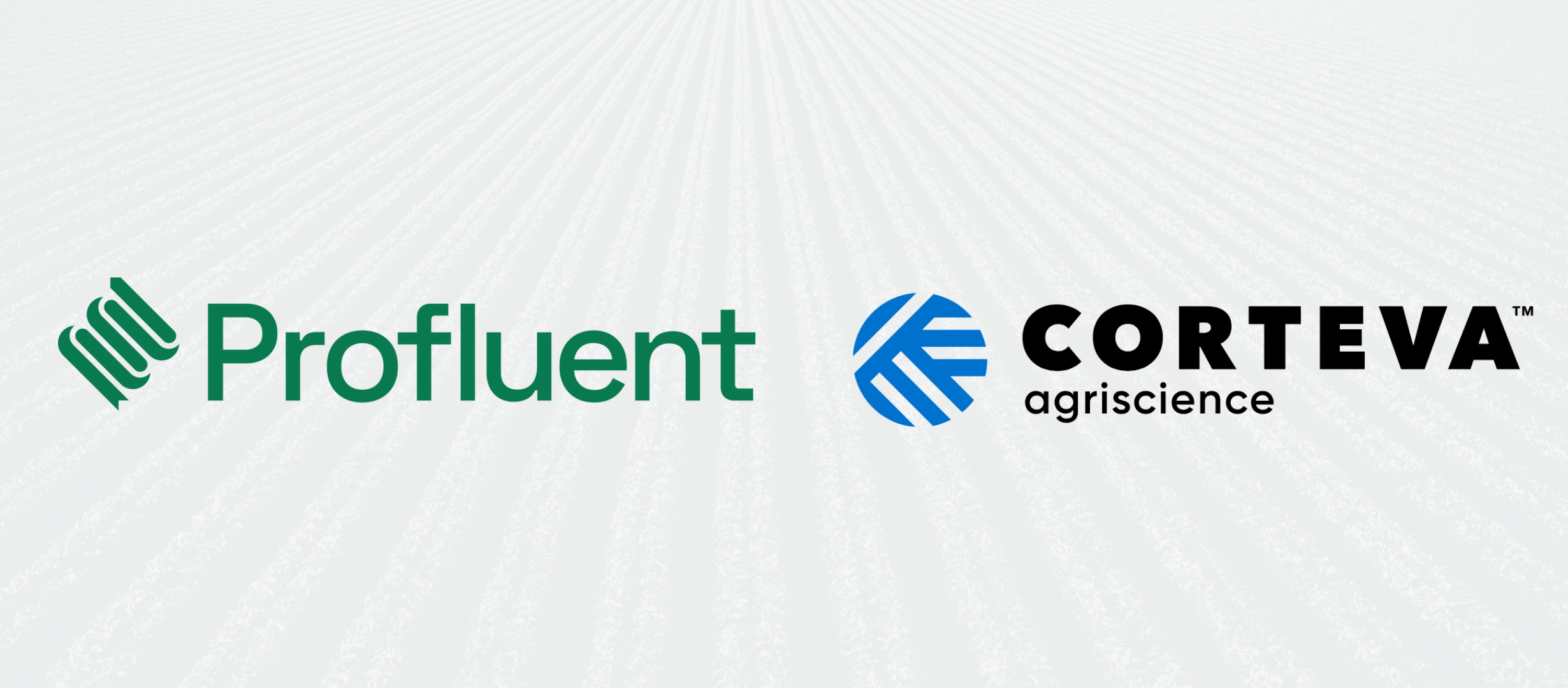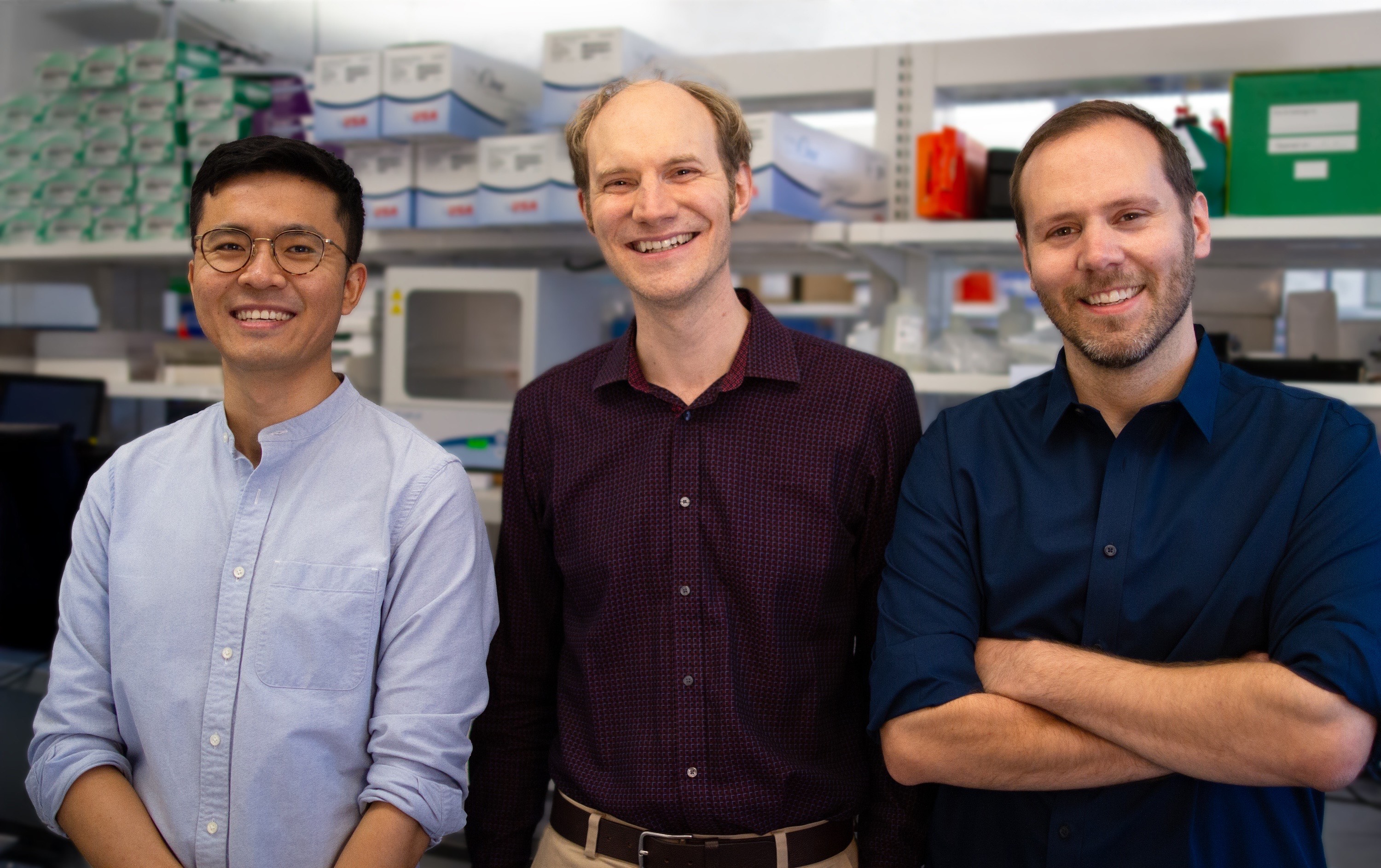
Investors Bet Big with Fungi Alternative Protein Company Enough
Investors Bet Big with Fungi Alternative Protein Company Enough
In the race to make alternative meat mainstream, it’s less a question of if it will happen, but how. Earlier this year, a report by the Boston Consulting Group and Blue Horizon Corporation predicted that regular meat will be as expensive as alternative protein in 2023 and that Europe and North America could reach peak meat consumption by 2025. In a funding round led by Nutreco, a global producer of animal and fish feed, UK-based startup ENOUGH (formerly 3F BIO) raised a £30 million Series B ($51 million) to bet on fungi as the alternative meat of the not-too-far future. There are different philosophies to making alternative meat from fungi. Some take advantage of their fibrous structure to mimic cuts of “meat,” while an ingredient called mycoprotein can be harvested from a protein-rich strain of fungus first developed in the 1960s. The production of alternative proteins like fungi is driven by factors like climate change and the world's growing population. Agriculture, including animal agriculture, releases more greenhouse gases than the global transportation sector. On top of this, animal welfare concerns, the projected global food shortage by 2050, and consumer demands are leading to significant investment in alternative proteins. But one of the biggest challenges is scaling these foods up to a level that competes with animal agriculture. ENOUGH ferments ABUNDA® mycoprotein from renewable feedstocks like corn and wheat. The company aims to grow one million tons of mycoprotein by 2032—equivalent in protein to one billion chickens. If successful, this would reduce the same amount of CO2 as planting 30 million trees. A protein factory is being built in the Netherlands for this purpose.ABUNDA will be sold B2B, or business-to-business, as a food ingredient. In addition to alternative protein for human consumption, the fungi ingredient could also be added into fish and animal feeds to more sustainably raise the livestock we eat.Food habits are hard to change. The criteria for emerging alternative foods includes mouthfeel, flavor, and cooking method, so a winning fungus-based pepperoni pizza should still be cheesy, savory, and crispy. Alternative protein is becoming a mainstay of bioengineering rather than science fiction. If scaled effectively, the idea that meat replacements could become commonplace might not feel as futuristic as we think.



.svg)









.jpg)

.gif)